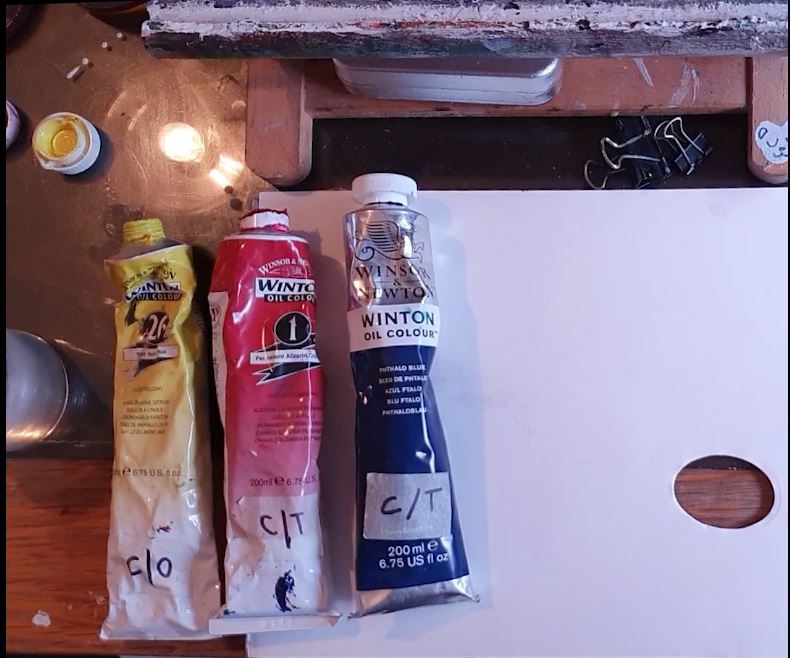Unlocking the Secrets of Mixing Black: An Artist's Guide
As artists, we often seek to capture the essence of our world through color, light, and shadow. Black, a fundamental yet complex hue, plays a pivotal role in defining both the subtlety and the strength of our compositions. In my latest exploration, captured in this detailed video, I delve into the art of mixing black using cold primary colors, alongside other invaluable painting techniques. This blog post expands on those insights, offering you a written companion to the visual journey.
The Magic of Mixing Black
Black is more than just a color; it's the absence of light, the depth of shadow, and a key player in the contrast that gives paintings life. While a tube of black paint might seem sufficient, the truth is that mixing your own black offers a richness and depth that manufactured blacks can't match. By using cold primary colors—phthalo blue, alizarin crimson, and lemon yellow—we can achieve a vibrant, dynamic black that breathes life into our artwork.
Why Cold Primaries?
Cold primary colors are exceptional for crafting backgrounds and elements that recede into the distance, providing a cool, atmospheric perspective that enhances the illusion of depth. In contrast, warm primaries bring elements forward, creating emphasis and focus. By understanding this balance, we can create more compelling and harmonious compositions.
Opening the Door to Creativity: The Stuck Lid Dilemma
A common frustration in the artist's studio is the dreaded stuck paint lid. It halts our creative flow and can even discourage us from starting. As I demonstrate in the video, a simple solution is at hand: dipping the lid in boiling water. This method expands the plastic, breaking the seal without damaging the paint. It's a reminder that sometimes, the solutions we need are as straightforward as they are effective.
Beyond Black: Other Artistic Endeavors
The journey of an artist is filled with learning and discovery, extending far beyond mixing the perfect black. From mastering the delicate balance of oil painting layering to the bold strokes of acrylics and the soft subtlety of pastels and colored pencils, there's always more to explore. In future content, we'll dive into these techniques and more, sharing tips on blending, glazing, texturing, and preserving your art.
Wrapping Up
The process of creating art is as rich and varied as the colors we use to express our visions. Mixing our own black is just the beginning—a step towards understanding the intricate dance of color, composition, and technique that makes art so compelling. Whether you're a seasoned artist or just beginning your journey, remember that every stroke, every mix, and every challenge is a step towards mastering your craft.
For more insights and tips, don't forget to watch the full video on YouTube. Let's continue this journey together, exploring the endless possibilities that paint and passion can create.
